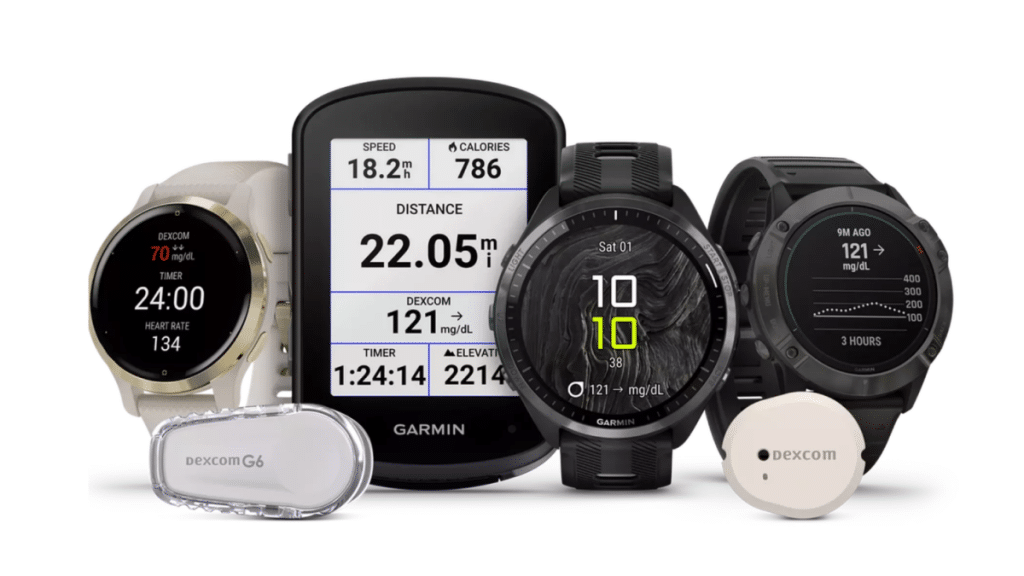Upgrading from a traditional glucose meter to a continuous glucose monitor (CGM) or wearable glucose device can feel like a big change. Benefits of real-time glucose tracking are clear, many people wonder what to do with their old supplies. If you’re about to make the switch, you don’t have to let those extra test strips, lancets, and meters go to waste.
Here’s a step-by-step guide to help you transition smoothly while making the most of your old supplies.
Step 1: Assess Your Current Supplies
Before upgrading to a CGM or wearable device, take stock of the diabetic supplies you currently have. This includes:
- Test Strips: Unopened, sealed test strips have resale value.
- Lancets: These may still be useful if you plan to use your traditional meter for backup testing.
- Glucose Meters: Older meters can serve as backup devices in case your new tech malfunctions.
Sorting through your inventory will give you a clear picture of what you have and what you’re unlikely to need once you’ve fully transitioned to your new device.
Step 2: Check Insurance and Doctor’s Recommendations
Upgrading to a CGM often requires approval from your healthcare provider and insurance. Before making any changes, check with your doctor to understand:
- Prescription Requirements: CGMs often require a doctor’s prescription.
- Insurance Coverage: Confirm which devices are covered under your plan.
- Out-of-Pocket Costs: If your new device isn’t fully covered, you’ll want to factor that cost into your decision.
By knowing what’s covered and what’s not, you’ll have a better idea of how quickly you can make the switch.
Step 3: Transition Gradually
It’s tempting to jump headfirst into your new CGM device, but it’s smart to have a transition period. Here’s why:
- Learning Curve: CGMs have a different interface and tracking method than traditional glucose meters.
- Data Management: You’ll need to get used to continuous data, alerts, and trends.
- Backup Plan: In case of device failure, it’s smart to have a traditional meter and strips on hand.
Keep using your traditional meter for the first few weeks as you adjust to your new CGM. This ensures you’re comfortable with the device and have a backup option if needed.
Step 4: Decide What to Do with Extra Supplies
Once you’ve successfully made the transition, you’ll likely be left with extra diabetic test strips and other supplies you no longer need. Here’s what you can do with them:
- Keep Some for Backup: It’s wise to keep a few test strips and lancets in case your CGM malfunctions.
- Donate: Some local community health centers and nonprofits accept supplies to help those in need.
- Sell Your Extra Supplies: Instead of letting unopened test strips go to waste, you can sell them for cash. Diabetics Trust is a trusted resource for selling unused diabetic supplies. Not only do you free up space in your home, but you’re also able to earn cash for items you no longer need.
Selling diabetic test strips is a simple process. Ensure they are unopened, unexpired, and in their original packaging to get the best value. Diabetics Trust makes it easy to turn unused supplies into extra money.
Step 5: Get Comfortable with Your New Device
Every new piece of tech has a learning curve, and CGMs are no different. To make the most of your new device, follow these tips:
- Download the App: Most CGMs have companion apps that give you instant access to your glucose trends and alerts.
- Set Up Alerts: Get alerts for high or low glucose levels so you’re always aware of changes.
- Follow Your Data: Use the data from your CGM to spot trends and improve your daily habits.
This step can take a little time, but once you’re used to your new device, you’ll wonder how you managed without it.
Final Thoughts
Upgrading your diabetes tech can feel like a big leap, but with a step-by-step approach, the transition becomes much simpler. Take stock of your current supplies, work with your doctor, and give yourself time to adjust.
If you’re left with extra diabetic test strips, don’t let them go to waste. Diabetics Trust provides a simple way to sell your unused supplies for cash, helping you recoup some of the costs of upgrading.
Making the switch to a CGM is an investment in your health, and with a little planning, you can do it without wasting the supplies you’ve already paid for.
